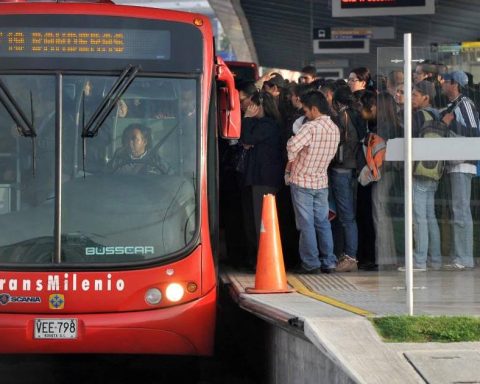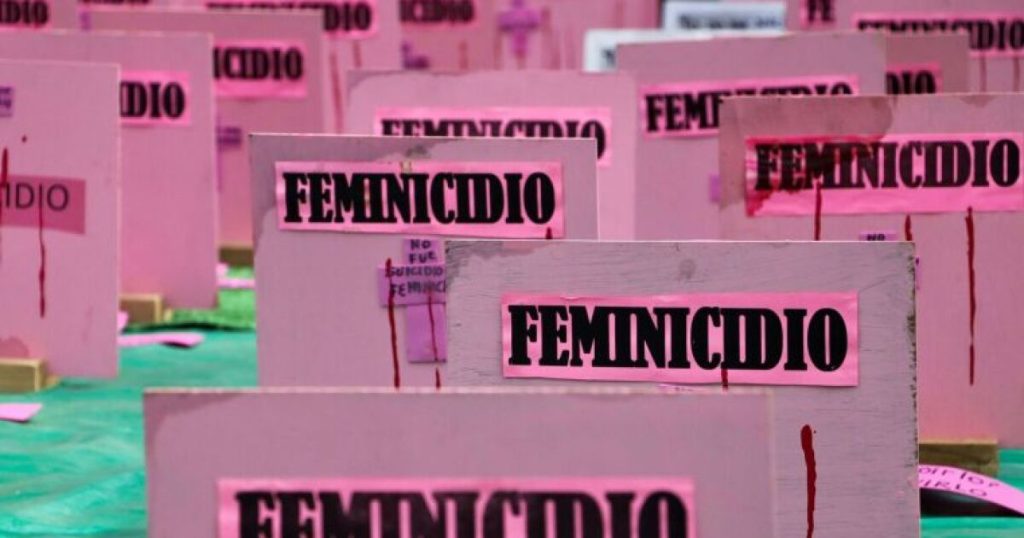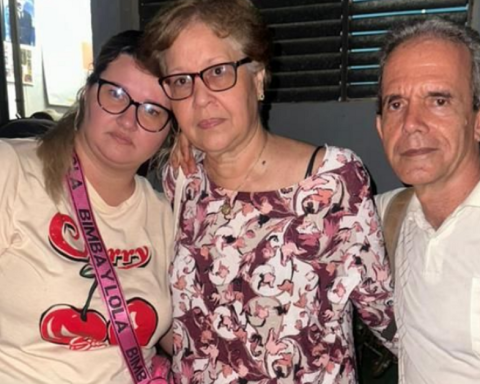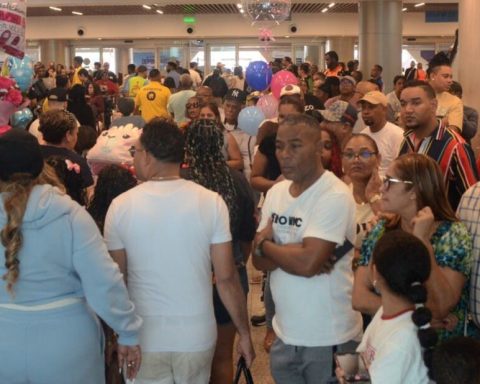The report titled World Risk Poll 2024 from The Lloyd’s Register Foundation is described as “the first and only comprehensive and nationally representative study on the concern and harm caused by human safety risks”.
In it, They asked 147,000 people from 142 countries if they could cover their basic needs, such as food, housing, transportation, if they stopped receiving income.
One of the determining factors to answer the question: How long can you live without income? It’s the age. The study showed that the majority of people between 15 and 49 years old could not survive more than a month without a stable income, as almost half would struggle to meet their basic needs. Only those over 65 could survive two or three months, or more.
Another factor to take into account is geographical position. lPlaces prone to natural disasters increase the possibility of not having a financial cushion to support themselves when they stop receiving incomeespecially in impoverished places where early warnings are not available and families must use their income on structural repairs or reinforcements, not on savings.
Income
iStock
“Significant inequalities remain in access to early warning systems. The data shows that certain regions of the world, such as central, western and northern Africa, should be areas of special attention to improve the dissemination of early warnings to people and, within countries, people with the lowest levels of education, Those living in rural areas and those with the lowest levels of financial resilience are most in need of greater dissemination of early warnings. “Mobile phones and digital early warning systems could represent a key opportunity to reduce these gaps in access to early warning systems.”explains the report.
Taking into account the variables, the Lloyd’s Register Foundation established four types of economic resilience: individual, household, community and social. These types of resilience have characteristics that would determine the individual’s ability to resist without income.
Individual resilience

Youth income
EFE
Individual resilience consists of the following two variables:
1. The highest level of education completed.
2. Whether the respondent believes there is something they could do to protect themselves or their family from the impact of a future disaster.
Household resilience

Instead of spending first and then saving the rest, get into the habit of saving a portion of your income as soon as you receive it.
IStock
Changes in the household resilience dimension tell a somewhat different story than that of individual resilience. Household resilience consists of three variables:
1. How long could households cover their basic needs, in case of total loss of income.
2. If a disaster occurs in the future, if households have a plan for what to do that is known to all household members over the age of 10.
3. Access to communications, including the Internet and a cell phone.
Community resilience

Community
iStock
The community resilience dimension encompasses dimensions of social capital, as well as satisfaction with elements of local communities:
1. How much people think their neighbors care about their well-being.
2. Whether people feel safe walking alone in your area at night.
3. Whether respondents have helped a stranger who needed help in the last month.
4. Satisfaction with basic community infrastructure in the local area, including roads and highways, the education system and healthcare.
Social resilience

Community
iStock
The social resilience dimension is the last element of the Resilience Index. It is made up of the following variables:
1. Personal experiences of discrimination for any of the following reasons: skin color, religion, nationality, gender or disability.
2. Perceptions of how much the government cares about people’s well-being.
3. Trust in national institutions, the national government, the judicial system, the military and
the honesty of the elections.
The results
Given the different variables, the study determined that People between 15 and 32 years old have the least possibility of supporting themselves for several months without a fixed income. Besides, Those who live in disaster zones or continents with social and economic problems, such as Asia, Africa and Latin America, are less likely to be able to remain without income. Yolikewise, People who live in unstable nations are less likely to maintain a good lifestyle in the long term. without receiving constant money.
PORTFOLIO
















